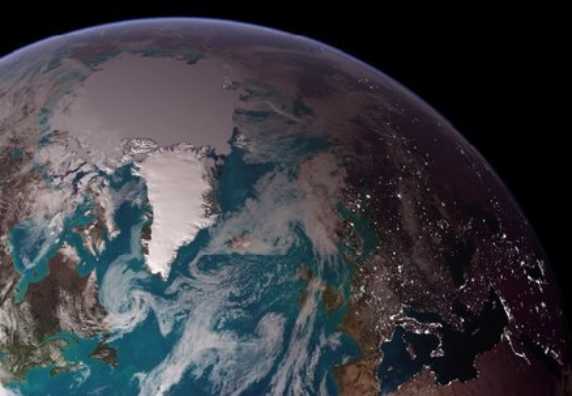Table of Contents
- Come sarà il Mondiale 2026: tutte le novità
- How Much People are in Earth 2040 | List Data of World - YouTube
- OLYMPICS SPOTLIGHT: Meet the young US talent set to use Paris Games as ...
- Daftar Lengkap Pemain Termahal dari Lawan Timnas Indonesia di Ronde 3 ...
- El Mundial del 2026 cobra vida - Fútbol Mundial
- How Many People Are In The World 2024 - Aloise Monika
- Physicist's warning: could 2026 be the year of global catastrophe?
- How Many People On The Earth 2024 - Daune Eolande
- Johorejo - Pertumbuhan Penduduk Dunia
- Hasil Undian Kualifikasi Piala Dunia 2026 : Indonesia Tantang Arab ...



Historical Context: 1960-2020


Projections: 2020-2025


Factors Contributing to Population Growth
Several factors have contributed to the rapid growth of the world population since 1960. Some of the key drivers include: Improved healthcare: Advances in medical technology, vaccination programs, and better access to healthcare services have led to a significant decline in mortality rates, particularly among children and infants. Increased food production: The Green Revolution of the 1960s and 1970s led to a substantial increase in food production, reducing hunger and malnutrition, and enabling populations to grow. Urbanization and migration: The movement of people from rural to urban areas and across borders has contributed to population growth, as urban centers often have better access to healthcare, education, and economic opportunities.:strip_icc():format(webp)/kly-media-production/medias/4877048/original/073794900_1719490751-Kualifikasi_Piala_Dunia_2026_-_Ilustrasi_Grup_C_copy.jpg)
Implications of Population Growth
The rapid growth of the world population has significant implications for the environment, economy, and society. Some of the key challenges include: Resource depletion: The increasing demand for resources such as water, food, and energy poses a significant threat to the environment and global sustainability. Climate change: Population growth contributes to greenhouse gas emissions, deforestation, and pollution, exacerbating climate change and its associated risks. Socioeconomic inequality: The unequal distribution of resources, opportunities, and services can lead to socioeconomic inequality, poverty, and social unrest. In conclusion, the world population has undergone significant growth since 1960, driven by improvements in healthcare, sanitation, and living standards. As the population continues to rise, it's essential to address the challenges associated with growth, including resource depletion, climate change, and socioeconomic inequality. By understanding the trends and factors contributing to population growth, we can work towards creating a more sustainable, equitable, and prosperous future for all.Source: MacroTrends
This article is for informational purposes only and is not intended to provide investment or financial advice. The views and opinions expressed are those of the author and do not necessarily reflect the views of MacroTrends or any other organization.